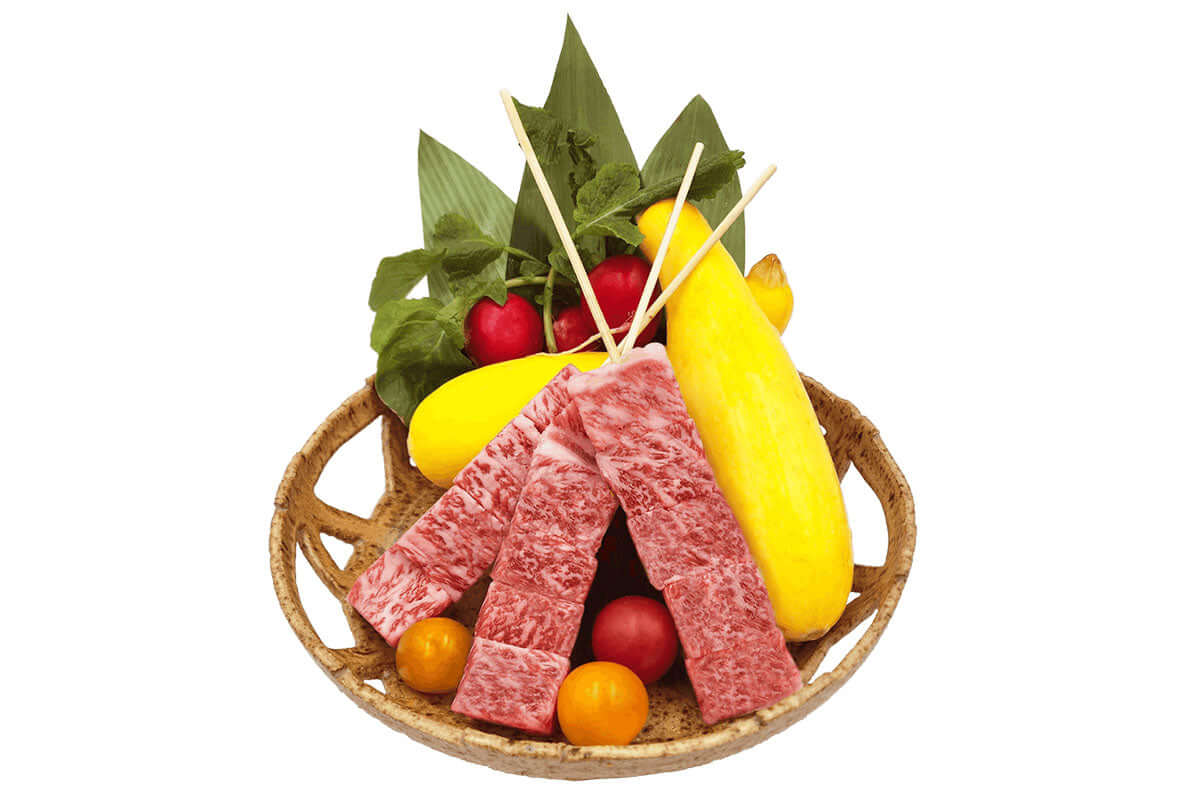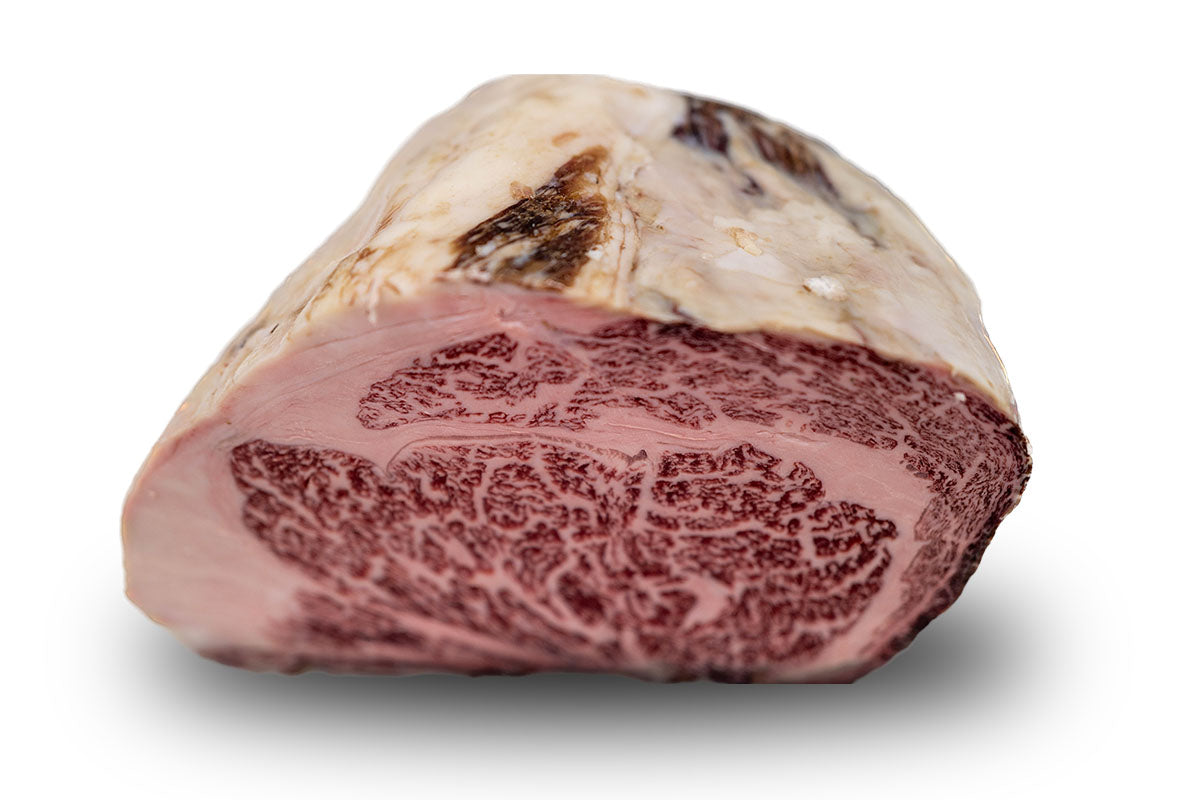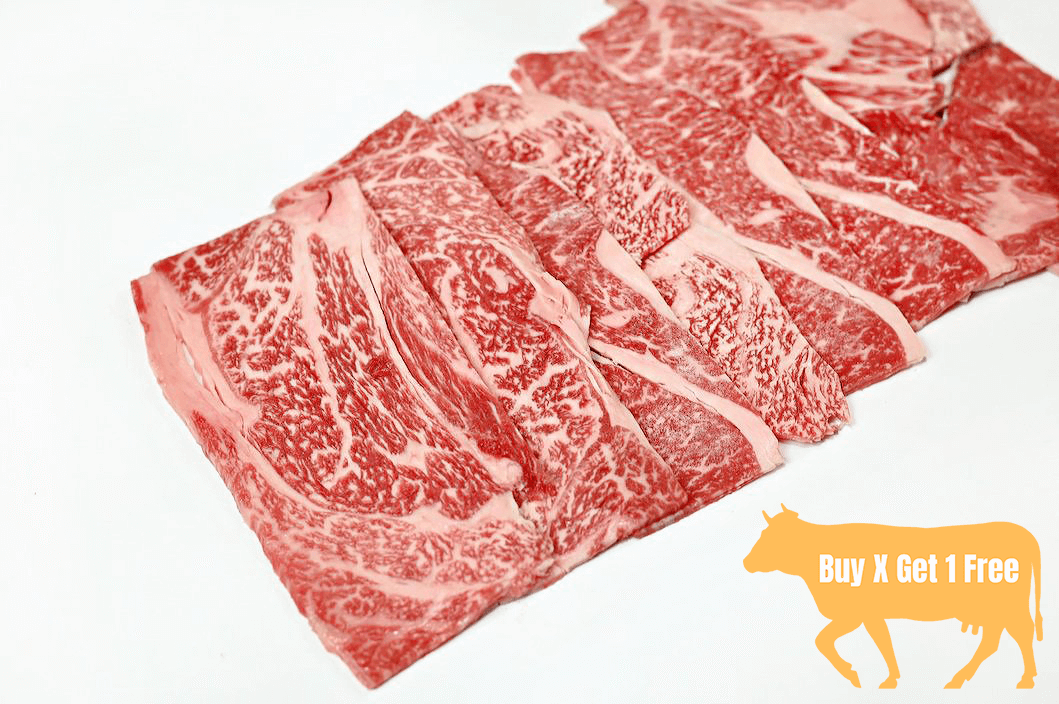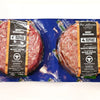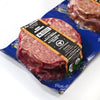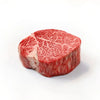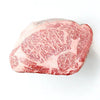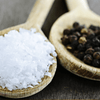The Complete Guide to Steak Temperatures
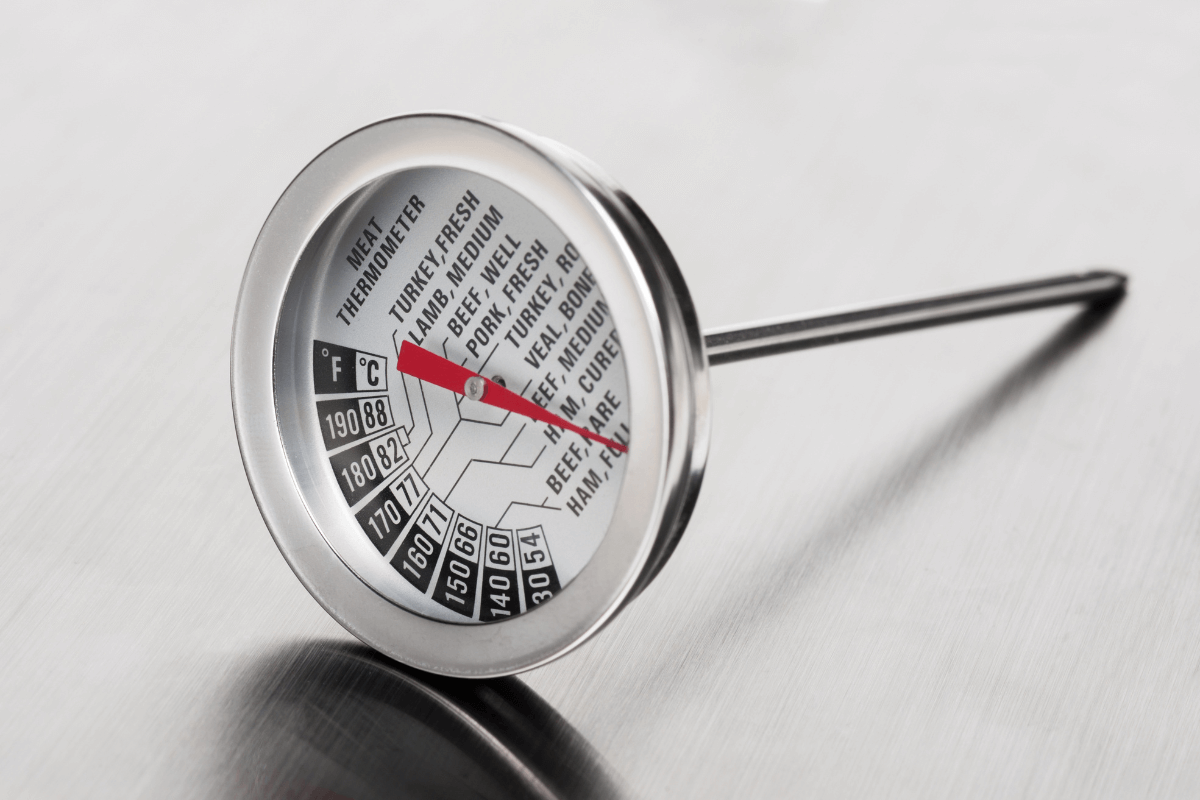
Have you ever gone to a restaurant and been amazed at how perfectly cooked your steak is? It’s not as easy to achieve the same level of perfection when cooking steak at home. That’s why we’ve created this easy guide to steak temperatures. We’ll help you understand the different types of steak doneness, what temperatures to aim for, and the best techniques to get the perfect steak every time.
So, let’s get started!
Is One Steak Doneness Level Better Than Another?
When it comes to steak, there’s no one-size-fits-all answer for what doneness is best. Everyone has their own personal preferences, and that’s totally fine! However, if you’re looking for the most flavorful and tender steak, your best bet would be medium or medium rare. The fat renders out nicely, and the steak is juicy and tender.
Cook it too little, and the fat won't properly melt, making you miss out on its amazing flavor. Going too far with the cooking will make the steak chewy and tough, so it’s best to keep it on the medium rare side. Plus, with the perfect medium-rare steak, you get to enjoy that beautiful pink center.
What’s not to love?
Easy Guide to Steak Temperatures and Doneness Levels
Knowing the differences between blue, rare, medium rare, medium, medium well and well-done can make all the difference in making a steak that's cooked to perfection. So if you're after that perfect steak, make sure you understand the different levels of doneness!
But first, a couple of essential things to mention first. First, note that the USDA recommends a minimum internal temperature of 145℉ for utmost food safety for raw beef like this, so user discretion is advised. Secondly, the temperatures mentioned below are for when your steaks are off the grill and have been left to settle for about 5 minutes. This is because a grilled steak will continue to warm up for a little while after cooking, usually about 5℉.
Blue Steak
Blue steak, also known as blue rare, is a unique type of steak that has become increasingly popular in recent years. Thought to come from French cuisine, blue steak is cooked incredibly quickly. It's usually served seared and slightly crispy outside with a cool, juicy center that's still a bit reddish-blue in color. The reason why people love blue steak so much is because of its unique flavor and texture.
When cooking blue steak, it’s important to use high heat and cook it quickly. It should be seared on both sides for a few seconds each, and some chefs recommend using the tongs to sear the edges of the steak as well. Cook the steak until it reaches an internal temperature of only around 110℉. This temperature will result in a steak that is still soft and juicy on the inside but seared to perfection on the outside.
Rare Steak
The flavor of rare steak is incredibly juicy and tender, with a reddish hue on the inside middle. The outside is seared to perfection, locking in all the flavor and juices. People love rare steak because it's still incredibly juicy, but leaves a slight sweetness and a hint of smokiness. Plus, it's much easier to cook than a medium-well or well-done steak, so you don't have to worry about getting it just right. When a rare steak is done, the internal temperature should be around 120℉, but not much more.
Medium Rare
Medium-rare steak is a thing of beauty! The flavor is juicy and succulent, with a slightly smoky taste that comes from the slightly charred exterior. It's a favorite of steak lovers everywhere because it gives you the best of both worlds - the steak is cooked just enough to bring out the flavor, but is still juicy and tender. Plus, the pinkish interior is just plain gorgeous! When cooked correctly, medium-rare steak should reach a temperature of about 130-135℉, so be sure to use a thermometer to get it just right.
Medium
Medium steak is juicy, tender, and full of flavor, with just the right amount of pink in the middle. It has a savory, robust flavor that makes it a crowd-pleaser. A proper medium doneness steak is cooked to an internal temperature of 140-150℉ for the best results, giving it a nice, slightly pink center with a juicy texture.
Medium Well
Medium-well-done steak is still a bit juicy but with a lot of extra crispiness that some eaters prefer. The steak will be a deep golden brown on the outside with a hint of pink in the middle and a juicy, smoky flavor. Not only is it delicious, but it's also a great way to make sure everyone at your party is happy - it's not too rare for the well-done folks and not too dry for the medium folks. When cooked to the proper temperature, it should reach an internal temperature of 150-160°F, giving you the perfect medium-well steak.
Well Done
Well-done steak is the holy grail for many carnivores! It has a beautiful texture, with the outside seared and browned to perfect, with the inside juicy and succulent. The flavor is unlike any other steak — smoky, beefy, and with a hint of sweetness. Plus, with the steak cooked through, you don’t have to worry about any uncooked bits. A well-done steak is cooked until it’s about 160-165℉ on a thermometer, so you know it's safe to eat. Be careful though, if it's too overcooked, you'll end up with a chewy and dry chunk of meat.
How to Measure Steak Temperatures
Using a meat thermometer is the most accurate way to make sure your steak comes out perfectly cooked every time. Without one, you can only guess at the temperature, but you'll never know for sure if it's done. Of course, with a lot of experience, there are other ways to cook a perfect steak, but this is the most accurate method.
- Locate the thickest part of the steak (usually the middle), as it will take the longest to cook.
- Insert the thermometer probe into the steak at a slight angle, aiming for the exact middle.
- Wait for the thermometer to reach the desired temperature. For example, if you're aiming for a medium-rare steak, wait for the temperature to reach 130-135°F, then take the steak off the grill and enjoy that deliciousness!
Takeaway
We hope this guide on getting the perfect steak temperature was helpful! Just remember:
- It might take some time and practice to get the perfect steak temperature, but a meat thermometer can help you get there even faster!
- While many people prefer eating steaks more on the rare side, the USDA does recommend a higher level of 145℉ for the highest precaution of food safety.
- For the best flavor profile, most professional chefs recommend going with medium-rare.
And if you're truly looking for the most mind-blowing steak you could ever possibly eat, be sure to check out our genuine A5 Japanese Wagyu steak for sale all across the US. It is literally the best steak money can buy.

